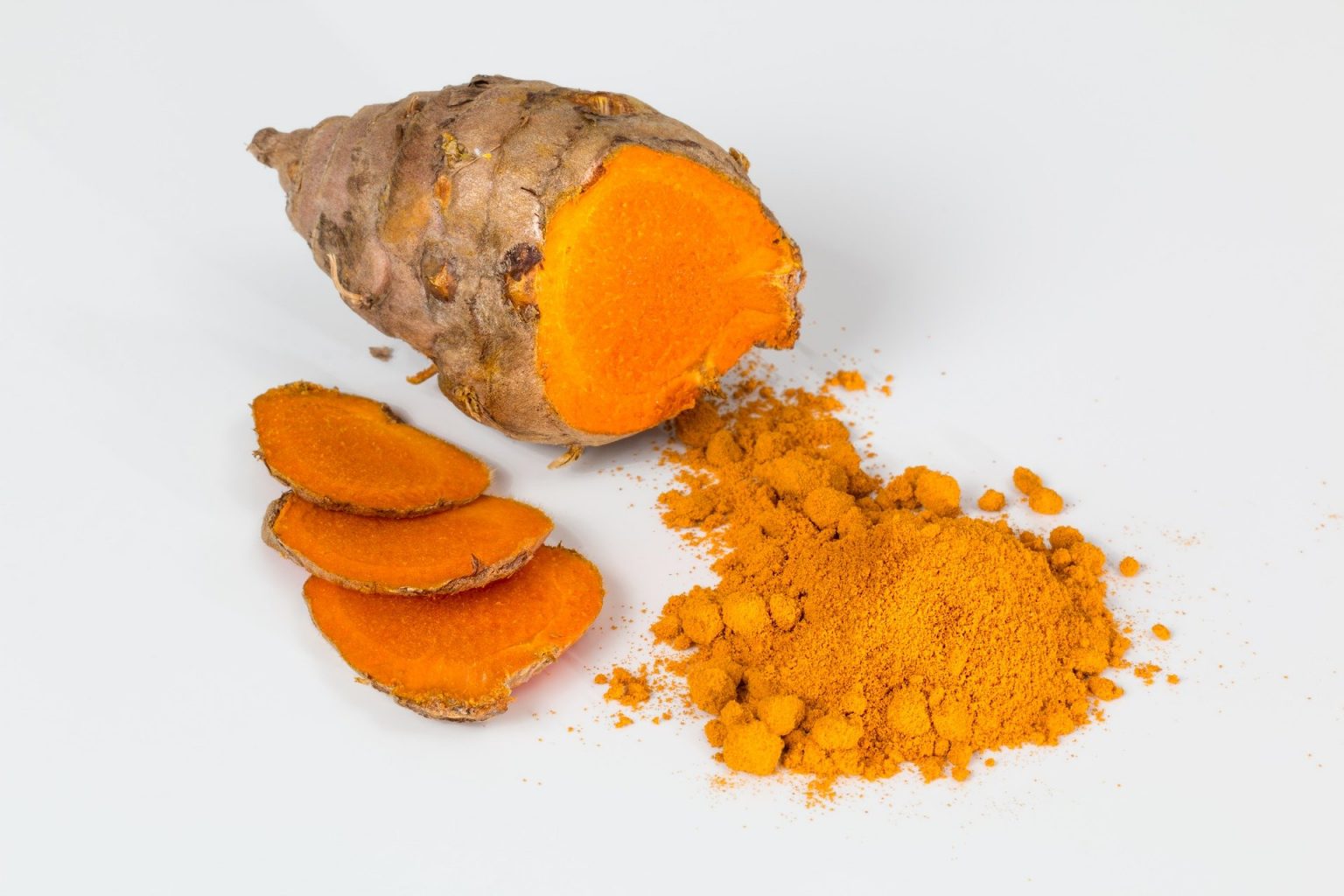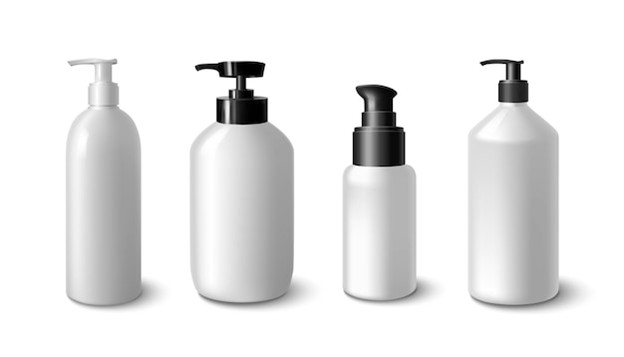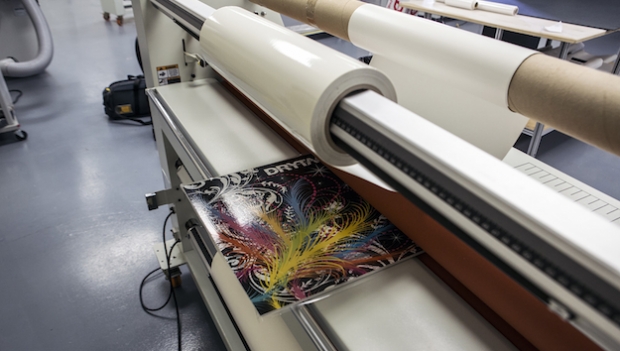
The packaging waste we collectively produce in Europe is heading in the right direction. Of the approximately 87 million metric tons that end up in the trash each year, a large proportion is already made from material that is recyclable or biodegradable.
The unfortunate thing, however, is that the dyes used for the packaging are generally non-biodegradable. Some synthetic dyes are even toxic. Maastricht University announced in a press release that scientists working on the Interreg Northwest Europe project CurCol are seeking new color pigments based on curcuma; the turmeric root. The university is one of the participating partners.
A large number of partners in Europe are collaborating in this project led by the Avans Foundation. The total research budget amounts to €2.61 million, to which the European Union contributes €1.57 million.
Pigments for cosmetics and fashion
The aim is to create a dye production for applications in bioplastics and paper packaging, based on the yellow natural dye curcuma. CurCol focuses primarily on packaging, but applications in, for example, textiles and cosmetics are also possible.
The few biodegradable dyes available do not currently meet the industrial standards of quality. This is why the packaging industry does not currently use them as an alternative to fossil-based dyes. Partners from Ireland, Germany, Belgium and the Netherlands are joining forces in the CurCol project with a view to breaking through this. And that process starts with the cultivation of the curcuma longa plant.
Poor UV stability of curcumin
Curcuma originates from India and is also commonly known as turmeric, koenir or koenjit. It is extracted from the root of the Curcuma Longa plant and comes from the same family as ginger. The root of the turmeric plant contains curcumin; a bright yellow pigment. Curcumin is already used in food and pharmaceutical products. For example, it gives Indian curries their beautiful yellow color.
A wide-ranging use of the dye has not been possible so far. The so-called UV stability is rather poor. As a result, colors based on turmeric tend to fade quickly. However, recent research shows that it is possible to improve UV stability. Other colors can even be generated, such as red and blue. With these three primary colors, all colors can then be created according to specifications. This, in combination with the proper quality criteria, will make environmentally friendly biobased colors a lot more attractive for production companies in the future.
Project results
The researchers in the CurCol project are researching the entire chain, from the cultivation of turmeric to the final product: natural-colored bio-based packaging. The project wants to achieve the following:
- Optimization of regional turmeric production for dyeing purposes. E.g. consider the development of a cultivation manual for growers.
- Extraction and production of 3 UV-stable bio-based colors from curcumin.
- Testing the curcumin-based colors according to industrial guidelines and creating master batches.
- Use of curcumin colors in bioplastics and paper packaging. Based on a Technical Economic Analysis, it becomes clear whether the products meet the production and cost standards.
- A Life Cycle Assessment shows to what extent the entire process is more sustainable compared to the use of fossil dyes.
Furthermore, a demonstration kit is being developed with material samples and specifications of the use of bio-based colors in packaging materials. With this, the project partners want to inspire as many production companies as possible and demonstrate the diverse possibilities. CurCol’s results support the packaging and horticultural companies and contribute to the transition to a circular and biobased economy.







